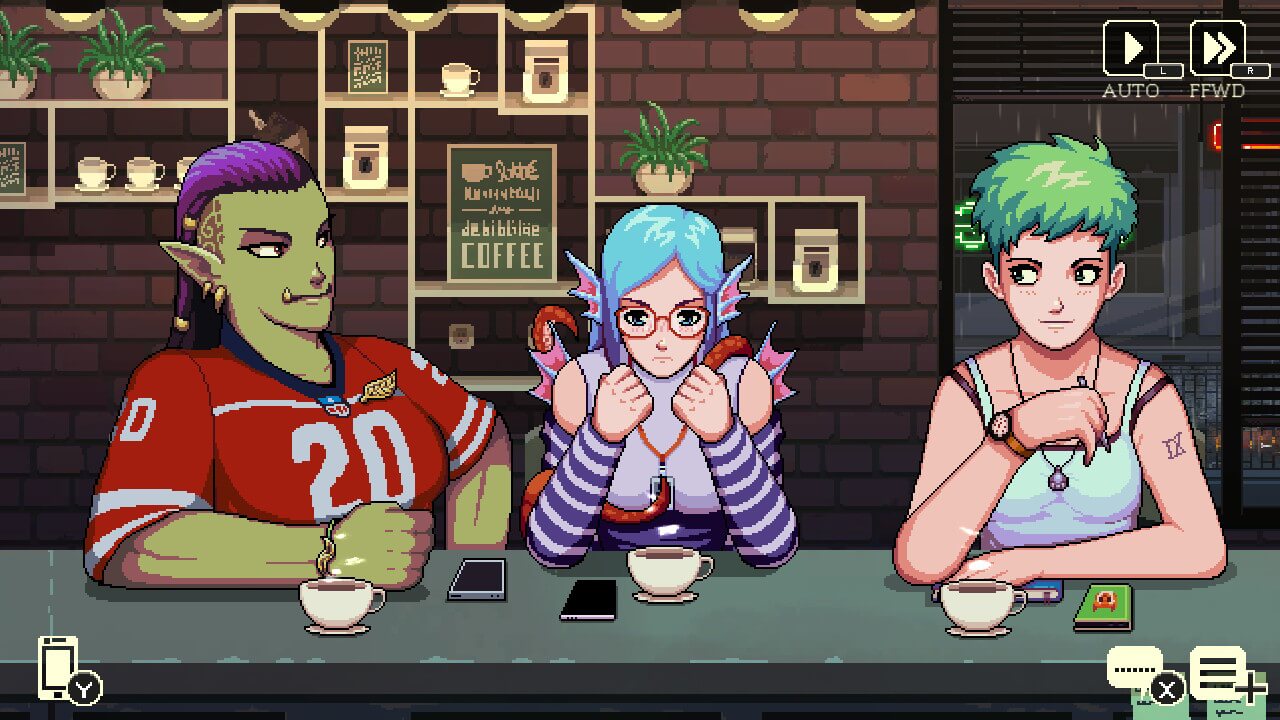Table of Contents Show
If you’ve found you’ve been spending a bit more time at home than you originally thought, then chances are the reserves of Netflix shows, YouTube videos, and video games are starting to run dry. Thankfully, the world of indie games is always expanding, with more titles than one can count added to gaming stores daily. But if you’re looking for something a bit more relaxing in the pile of shoot ’em ups and fast-paced platformers, then perhaps one of these indie games can do the trick.
“Yonder: The Cloud Catcher Chronicles”
“Yonder: The Cloud Catcher Chronicles” is a charming RPG set in a stunning open-world reminiscent of “The Legend of Zelda: Breath of the Wild.” (( Minus the monsters trying to fight Link that lurk around every corner. )) In fact, there is no combat in “Yonder.” The indie game’s only antagonist is the mysterious “murk” that has spread throughout the land of Gemea, throwing the world and its people into despair. As the player explores Gemea’s vast world and unique environments at their own pace, they are also tasked with banishing the murk and restoring each region’s happiness.
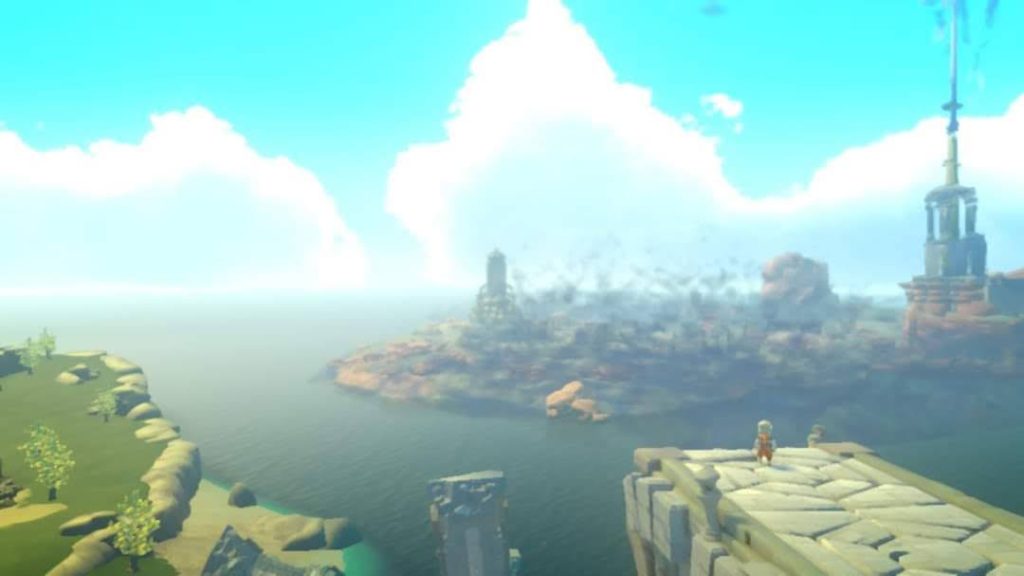
“Yonder” takes a few cues not only from “The Legend of Zelda,” but also from “Fable,” “Harvest Moon,” and even “Animal Crossing,” with its expansive open world perfectly suited for adventure, its minimalist approach to farming and other professions, and its charming and quirky cast of characters. While the player can build and operate small farms throughout Gemea, there are also seven different guilds the player can join, each with their own quests to complete and items that can be crafted by foraging and trading with NPCs.
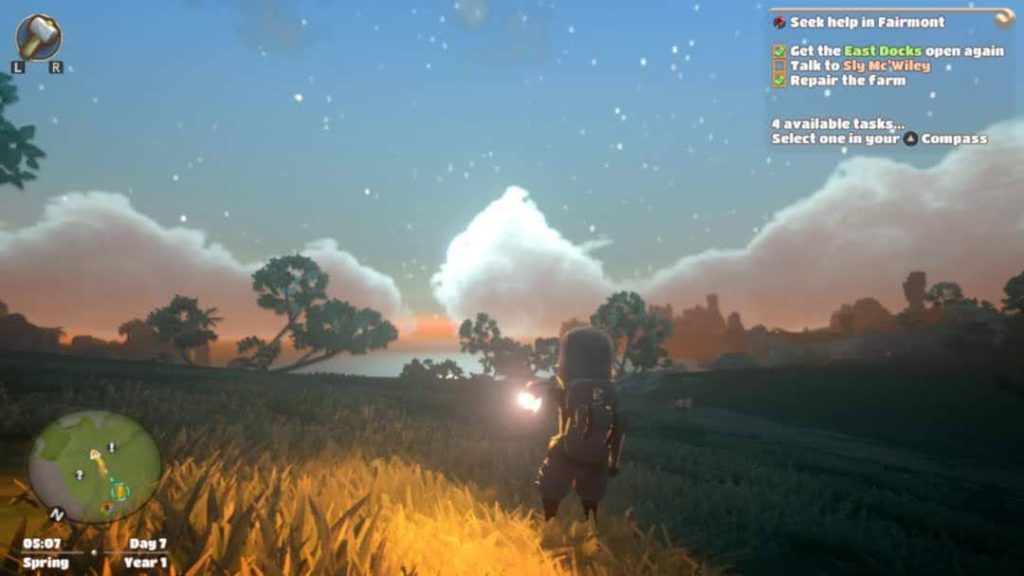
The indie game features a unique 3D art style that instantly sets it apart from others in its genre. The characters and animals who populate the world take on a simplified rounded, harmless look that reflects the game’s non-combative design without sacrificing its attention to detail. Each character is unique, from their hair cut and color to their clothes.
Different animal species move in different ways, from the adorable shambles of the large Groffle (a buffalo-like creature) to the playful bounce of the various foxes, whose pelts change depending on the region. Beautiful, fluffy clouds dot the striking blue sky and stunning purple night while sunlight dances across a gorgeous sea. Bright planets dominate the night sky as shooting stars wiz by.
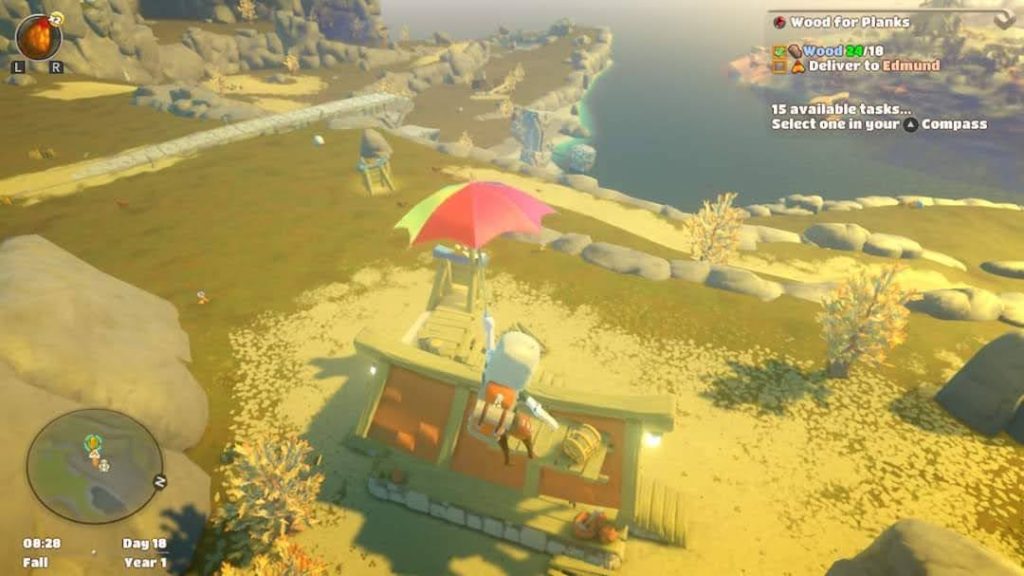
Never short on charm, “Yonder” is brimming with subtle, beautiful details and quirky humor. Gazing at the sky, the player can often spot a giant celestial goldfish swimming above the clouds. If you get too distracted staring at said goldfish, don’t worry about losing your footing — if the player falls (or jumps) from a cliff, they’ll simply open a colorful umbrella and drift harmlessly to the ground. While traveling throughout the world, the player can encounter Gemea’s most stylish scarecrow, who sends the player on quests for new seasonal clothes, and a woman named Violet, whose dream is to come up with the ultimate joke.
She’ll tell the player jokes that likely only make sense to the residents of Gemea. And don’t forget to keep your eyes — and ears — peeled: the player can find and collect adorable, mewing cats throughout the region. If you’re looking for an original, relaxing indie twist on classic RPGs, then chances are “Yonder” is for you.
“My Time At Portia”
“My Time At Portia” is an RPG/simulation game set in a vast, post-apocalyptic world. While the backstory of what happened to this world is gradually revealed, it’s immediately evident that technology as we know it is scarce and scattered throughout ancient ruins that dot the landscape.
Despite its mysterious and destructive past, Portia is far from modest. Towns and cities are built on top of the ruins of the past in winding, patchwork fashion, yet they bustle with unique residents and shops. The player takes up residence just outside of Portia’s walls as a builder, taking over their father’s workshop to craft items and buildings to improve Portia and the surrounding landscape.
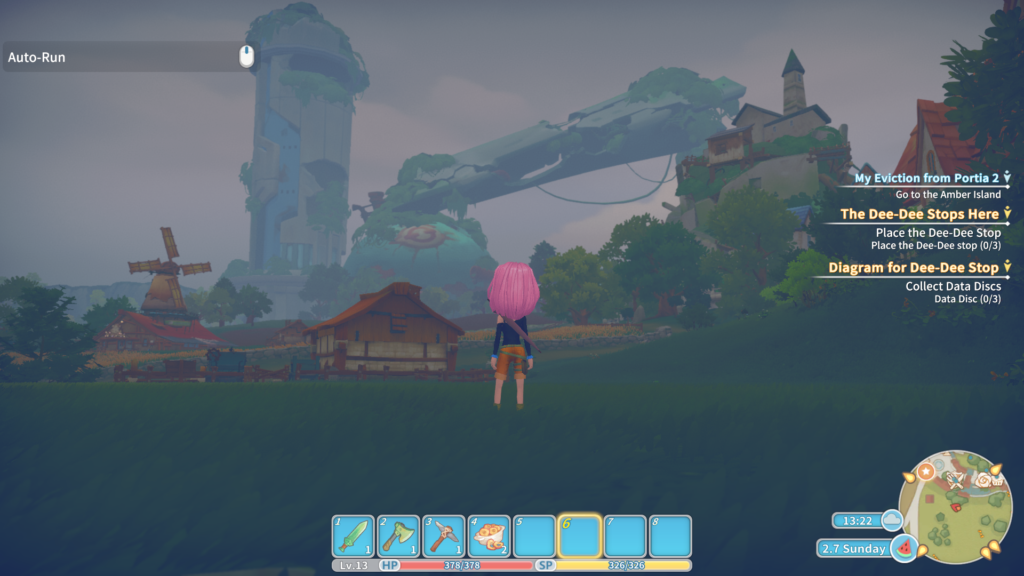
The indie game takes some inspiration from games like genre giant “Harvest Moon” and fellow indie “Stardew Valley,” swapping the player’s classic role as a farmer for a builder who begins the game with nothing but the clothes on their back and a shabby roof over their head. Similarly, the player works to improve their house and workshop over time.
Like other classic farming simulation games, the player establishes relationships with the residents of Portia based on a “heart” system: the more the player interacts with each resident (through conversations, events, and gifting items the characters like), the more their relationship will improve. Although it isn’t necessary to improve your relationships with these characters, doing so unlocks scenes that deepen the story and make those characters come alive. It also allows the player to get married; the game features several marriageable bachelors and bachelorettes, who can be chosen regardless of the player’s gender.
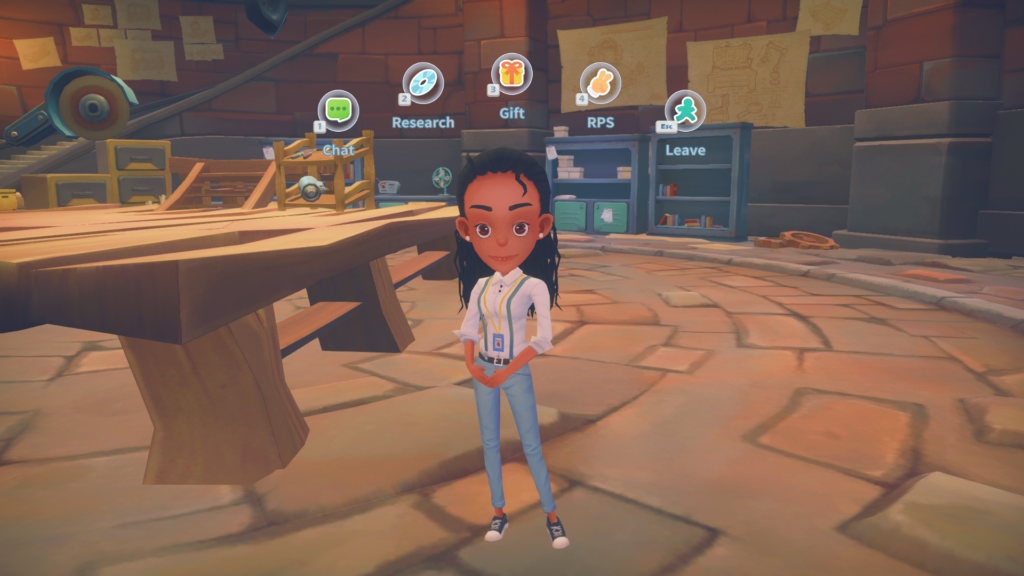
Similar to games like “Rune Factory,” “My Time At Portia” also features a combat system. While the game’s crafting, exploration, and relationship aspects outweigh its combat, there are several plot-related combat quests the player must complete in order to progress in the story. Several species of often-harmless fantastical animals roam the world. Fighting these creatures — such as large magician hat-wearing rabbits, colorful llamas, and dapper-but-unsettling giant ladybugs — will provide the player with loot items, which can be used as gifts or while crafting various items at the workshop.
Like “Yonder,” “My Time At Portia” also has a unique 3D style. The characters and creatures are cartoon-like, and the environment is bursting with vivid colors. Each NPC has a unique personality, voice actor, and style, which breathes plenty of life into the indie sim. Being localized from Chinese, the English dialogue sees some grammatical errors here and there, and voice acting is absent in conjunction with the on-screen dialogue every now and then. Still, the narrative is engaging and immerses the player in the world of Portia.
“Moonlighter”
“Moonlighter” is a fairly combat-heavy indie game inspired by classic RPGs, with nods to the original “The Legend of Zelda.” The player controls Will, a merchant who runs his grandfather’s shop, Moonlighter, by day, and a would-be adventurer by night.
During the day, Will stocks his shop with items he gathers from the dungeons (or “Gates,” as they’re known in Rynoka) he traverses at night. Each Gate leads to a different world, brimming with unique enemies and items to collect and sell. The more enemies he defeats, the more goods he has to keep his shop up and running. More than anything, however, Will dreams of becoming a hero and opening the fabled Fifth Gate.
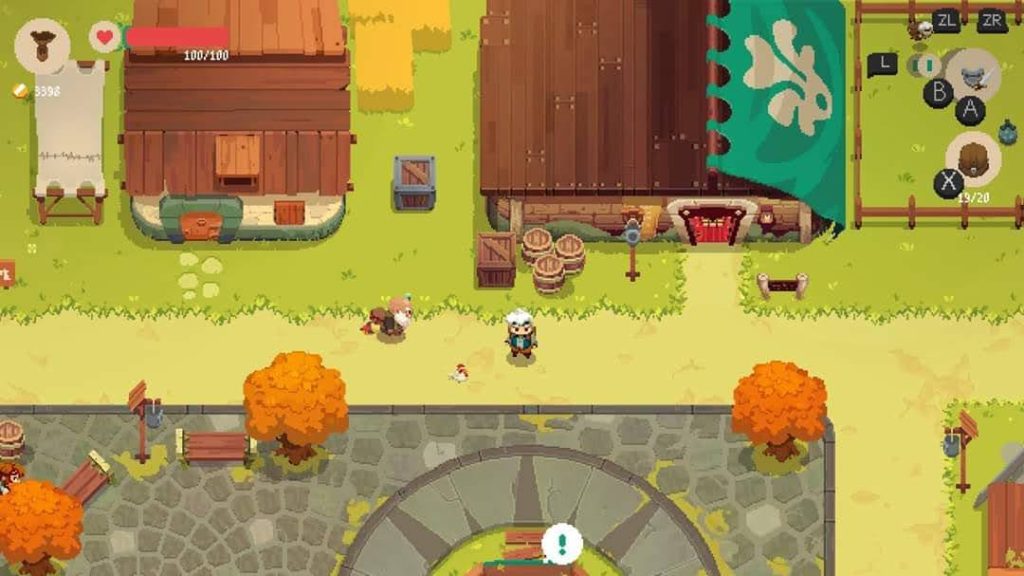
His dream, however, is a dangerous one. Once a bustling center of commerce built on the edges of these mysterious Gates, Rynoka has fallen quiet as the adventurers and heroes either left or succumbed to the creatures that frequent the different dimensions beyond the Gates. The player must upgrade and enchant Will’s weapons and gear in order to survive in the dungeons. In order to do so, they need to help expand Rynoka with the profits earned from operating Moonlighter during the day.
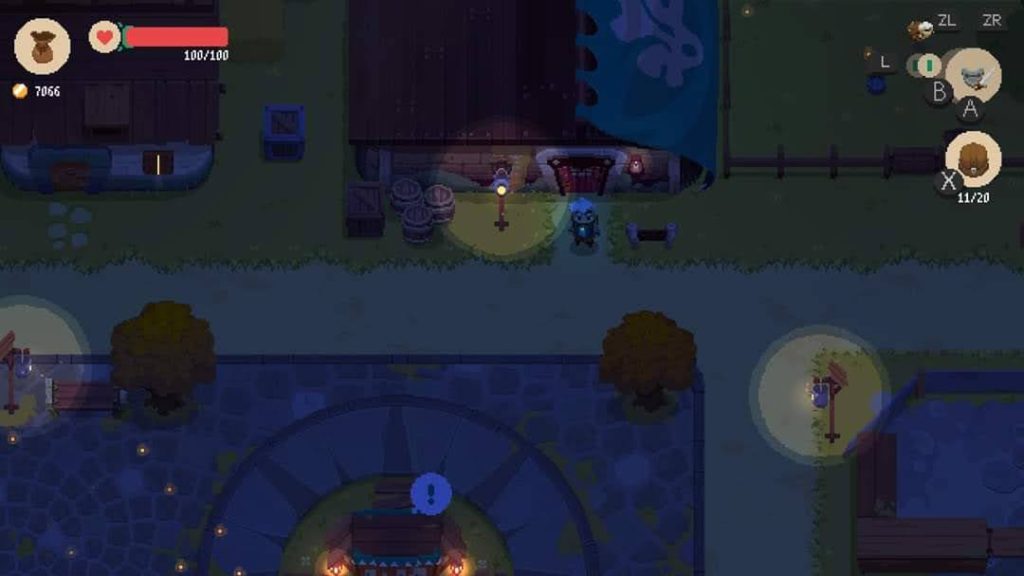
“Moonlighter” features gorgeous pixel art with clear attention to detail in each map. Townspeople and chickens frequent the town square during the day, replaced by fireflies and a few stragglers under the lampposts at night. Will’s pendant — a device used to transport the wearer from the dungeons should the going get tough — even glows in the moonlight. Will and his fellow NPCs have dynamic animations — they’re always walking or breathing while resting, so the screen never feels completely static.
Combining combat, shopkeeping and economics, and crafting and enchanting, “Moonlighter” gives a refreshing indie twist to classic RPGs while remaining comfortingly familiar to fans of the genre.
“Coffee Talk”
“Coffee Talk” is a short-but-sweet visual novel set in an alternate fantasy world. The game’s desaturated pixel art style is reminiscent of 90s anime and is incredibly detailed. Silhouettes of passersby walk past the cafe windows, and each patron inside has unique features and expressions that perfectly convey their personalities.
Although these characters only move while laughing or changing their expressions, these minimal animations are still detailed enough to clearly express emotions and keep the story moving smoothly along. Steam rising from their coffee cups and the occasional buzzing smartphone are the only other animations inside the quiet nighttime cafe, and those are plenty to create the perfect cozy ambiance of a cafe foolhardy enough to stay open past midnight.
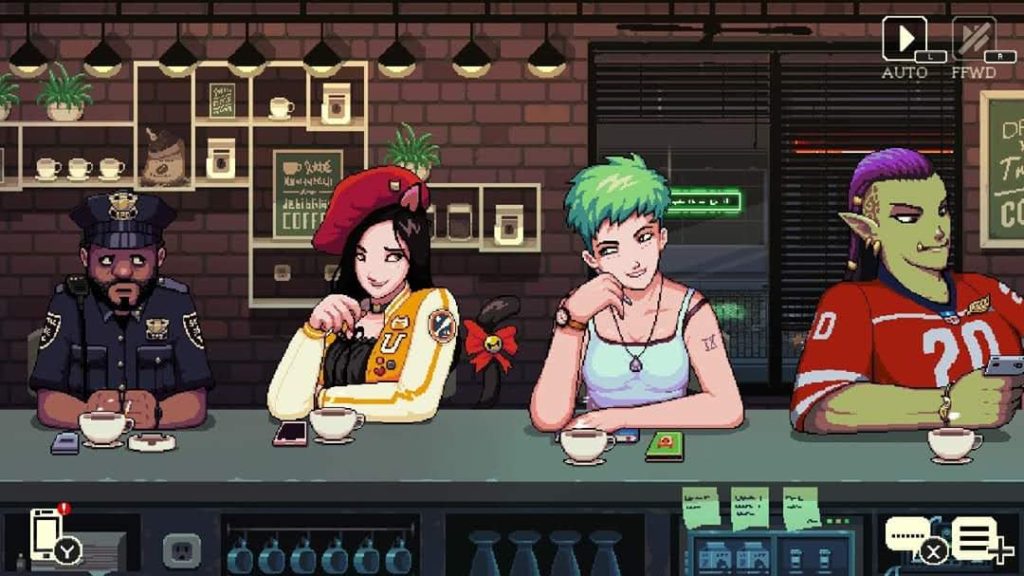
The player takes a backseat in the story as the owner and sole barista of Seattle’s only cafe, which opens past midnight. (( Yes, it’s bad for business. )) The narrative focuses on the unique stories each customer has to tell as they seek refuge from work, family, relationships, or simply a rainy night, looking for a warm seat and a hot drink. As these characters host, it’s the player’s job to make their drinks to their liking. But don’t worry: the player’s smartphone features a handy “Brewpedia,” a digital guide to the various drinks patrons might order.
If you forget how to whip up a specific drink, it’s easy to double-check. The phone also has a social media-like app with information on regular customers the player befriends, which sometimes lists their favorite drinks. Don’t like the music playing in your cafe? “Coffee Talk’s” relaxing lo-fi soundtrack is also accessible through this smartphone, allowing the player to skip or repeat songs anytime.

As the player listens to these strangers’ stories, they gradually grow closer. Regulars, too, seem to bond with some of your customers — especially Freya, a green-haired aspiring writer who is likely even more fascinated by your patrons’ stories than you are. The player can even access Freya’s short stories for the Evening Whisperer on their smartphone — another immersive element of the relaxing indie game.
Customer stories are at the heart of this quietly charming indie game. With an engaging narrative and unique characters, it’s easy to get caught up in the stories that unfold each night and forget that “Coffee Talk” is technically a video game. The characters who visit the cafe each night span from human to elf, orc to succubus, werewolf to vampire. Despite the diverse range of races, each character expresses problems and concerns that are distinctly — well, human.
The narrative beautifully grounds very human concerns and conflicts in its fantasy world as a subtle reminder that these experiences — be it a fight with a parent, stress over a work deadline, relationship problems, or family disapproval — are often had by everyone.
Go Forth & Relax!
These indie games pay homage to many classics in their genres while offering unique gameplay twists that help them stand out amid countless others. They successfully combine their charming art styles with compelling storytelling to bring a breath of fresh air to conceits that have been done time and time again. And, being (mostly) relaxing, they’re easy to pick up if you only have a few minutes to play, and even easier to get lost in if you have time to spare.
